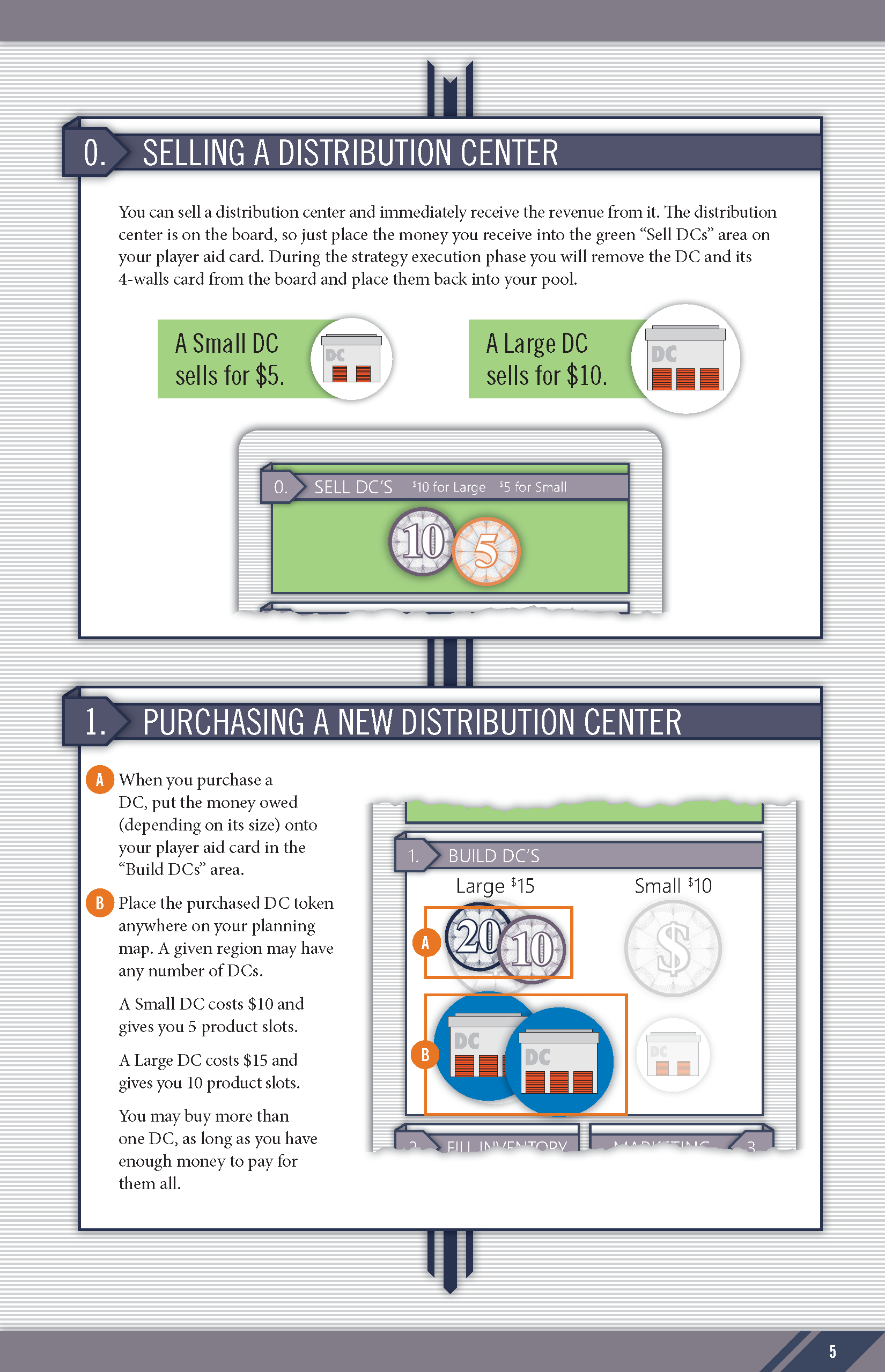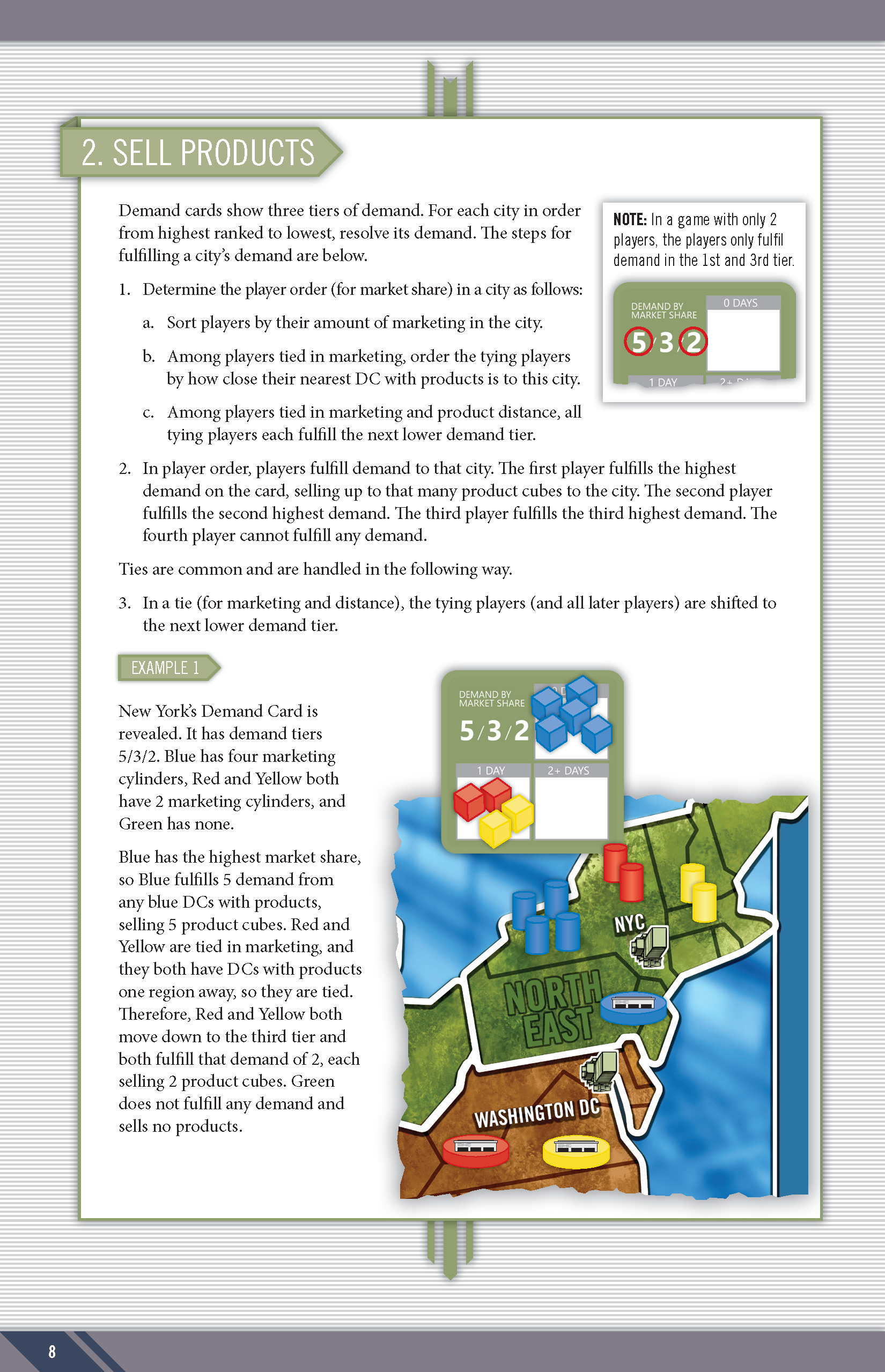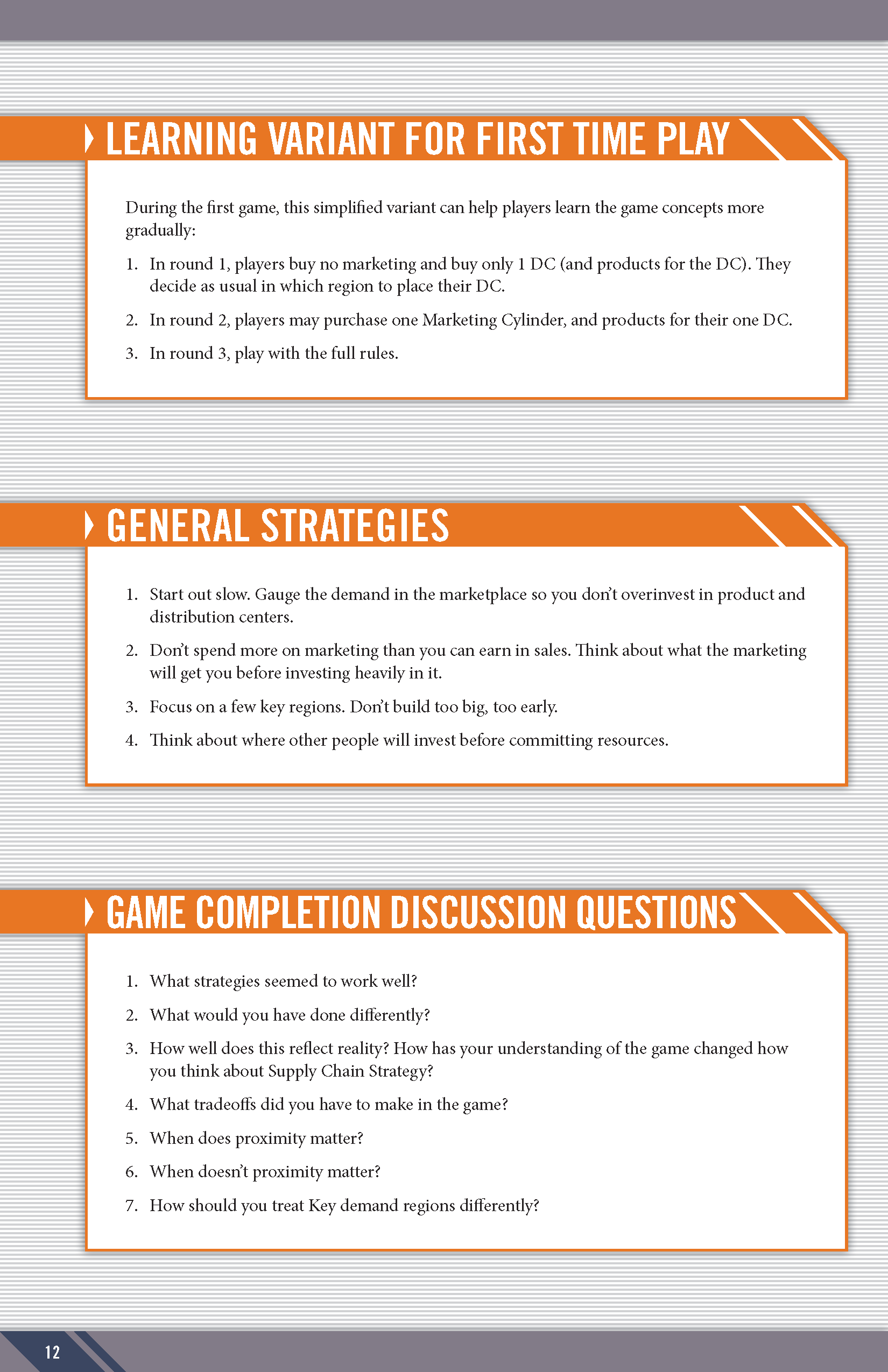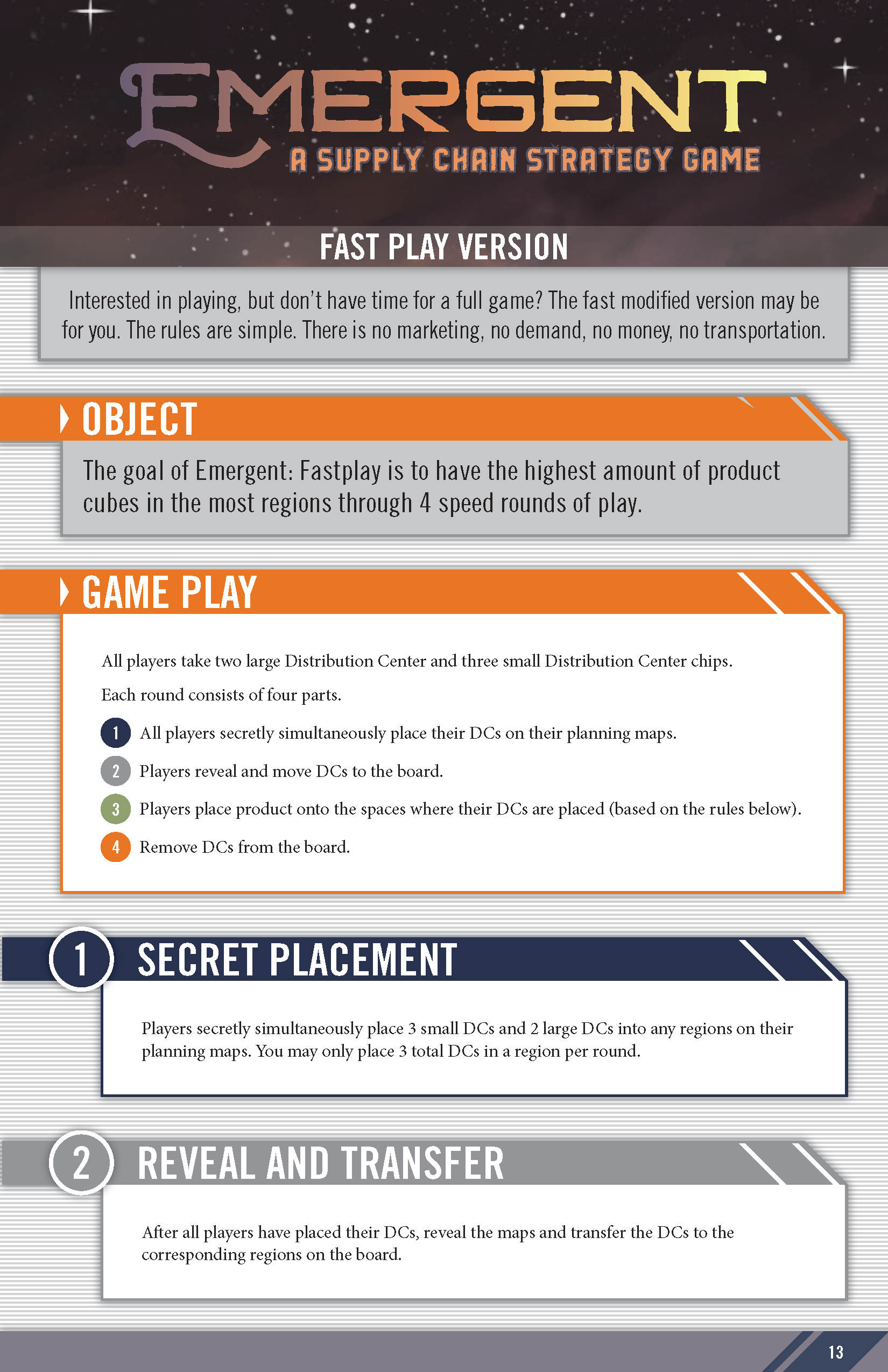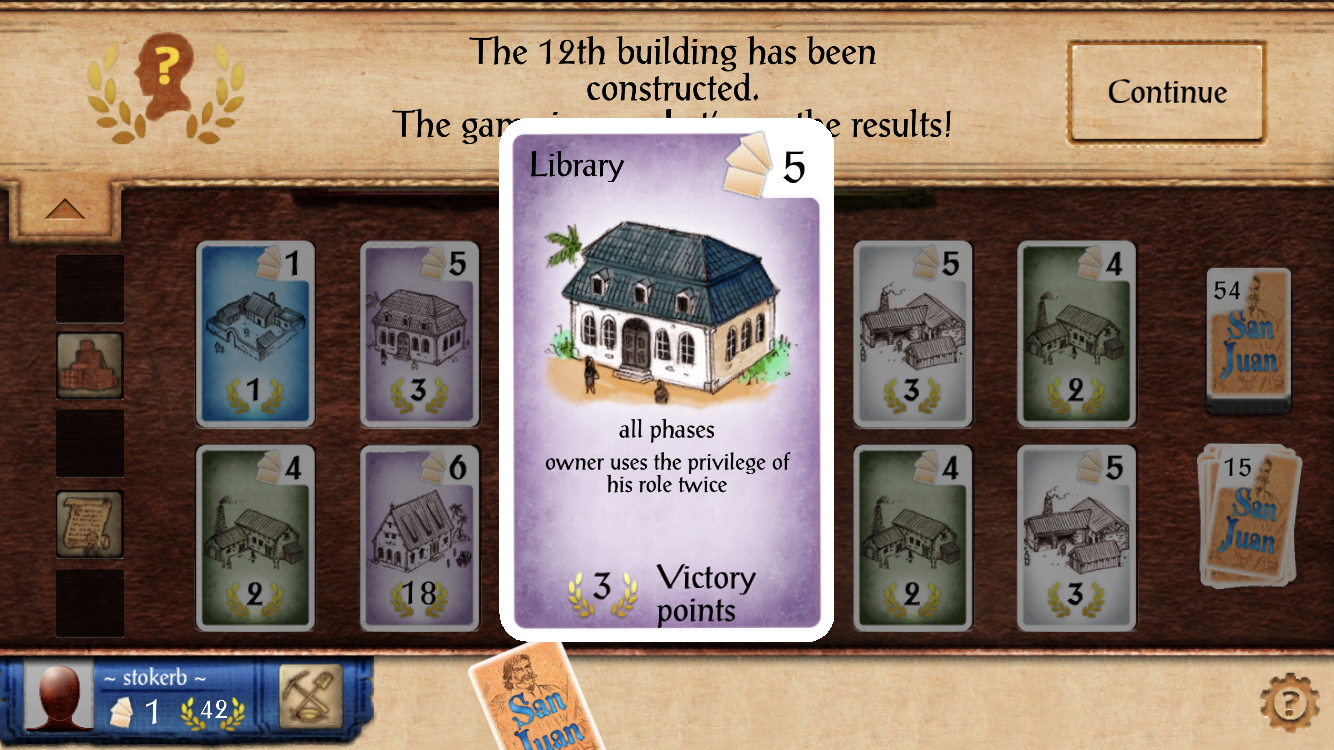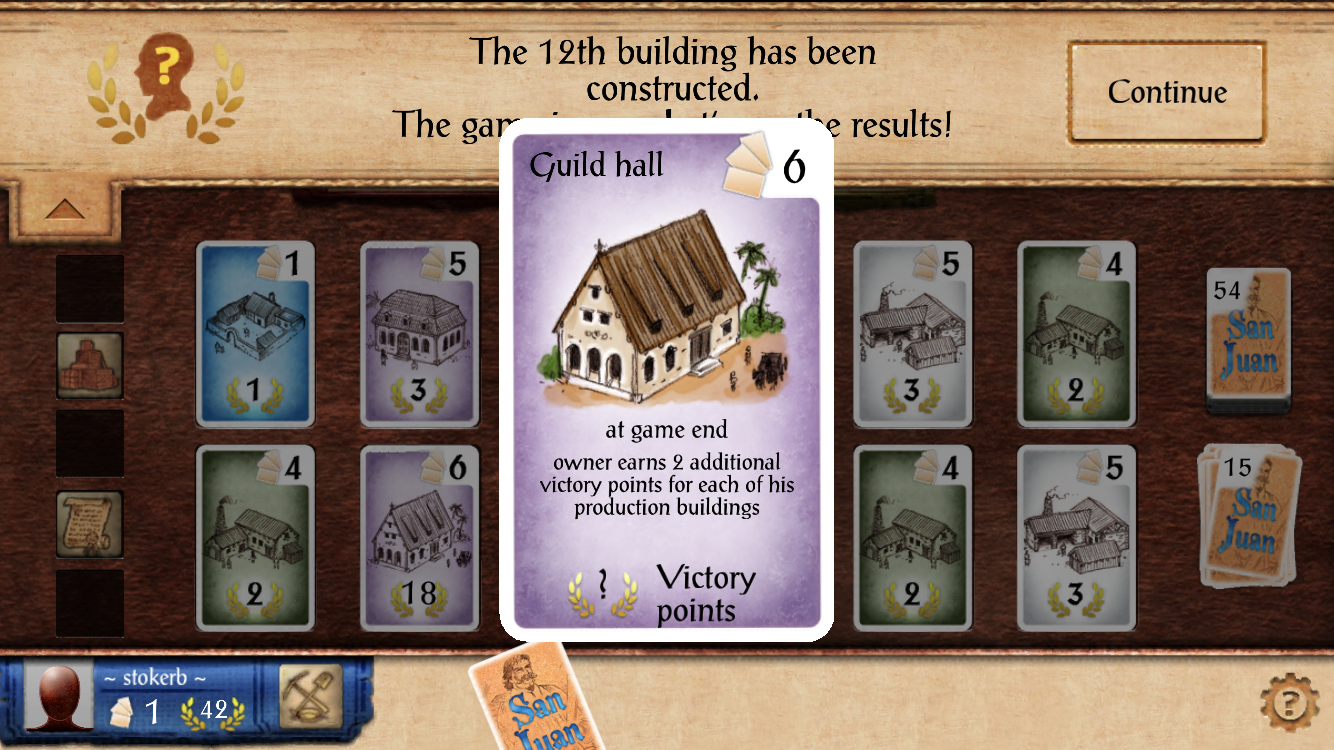Hello, fellow gamers and fantasy enthusiasts! Today, I’m thrilled to share something incredibly close to my heart—my graphic novel, Scarab, which has just launched on Kickstarter. This isn’t just a book; it’s a gateway into a universe where the normal rules don’t apply, and every decision could be the difference between survival and disaster. If you’ve followed this blog for insights into strategy and game theory, you’ll find Scarab intriguing as it weaves these elements into its narrative fabric.
Click here to go to the Kickstarter page.
The Genesis of Scarab
Scarab began as a vivid nightmare when I was just a teenager. It was one of those dreams that stayed with me, vivid and unsettling, demanding to be turned into a story. Over the years, this seed of a dream grew into an expansive narrative filled with danger, mystery, and supernatural phenomena.
The story takes place in a city thrown into chaos after a mysterious blue substance from a hidden lab begins transforming the landscape. As the disaster unfolds, a group of survivors emerges, each forced to confront their new reality. The characters—Heru, Qeb, and Lillian—must navigate through this altered city, unraveling the mysteries of the substance while facing threats that are as strategic as they are terrifying.
Why Kickstarter?
After writing Scarab, I spent the last five years collaborating with a talented artist to bring the visual elements of the story to life. The artwork not only captures the essence of the narrative but also enhances the immersive experience I want to offer my readers. Kickstarter seemed like the perfect platform to launch Scarab because it allows me to connect directly with you, the community, who share a passion for storytelling and creative projects.
What Makes Scarab a Must-Read?
Here’s a quick summary of the novel:
Dive into the exhilarating adventure of Scarab, where a hidden lab’s disastrous experiment cascades into a city-wide calamity. As a mysterious substance transforms the metropolis, a diverse group of survivors must navigate a landscape filled with extraordinary dangers and supernatural phenomena. Join Heru, Qeb, and Lillian—united by fate—as they unravel the mysteries of the enigmatic blue liquid and face mutated creatures and emerging powers. This tale melds science fiction with the supernatural in a gripping exploration of survival, courage, and the indomitable human spirit.
Scarab is not just about the spectacle of survival; it’s about how the characters employ strategy, make alliances, and sometimes, betray each other to survive. The tactical decisions they make are akin to moving pieces on a chessboard—each move critical, each choice fraught with consequence.
How You Can Support
By backing Scarab on Kickstarter, you’re not just getting a book. You’re helping to bring a meticulously crafted world to life, supporting independent storytelling, and getting exclusive rewards that won’t be available elsewhere. Whether you’re a fan of strategic games, science fiction, or supernatural stories, there’s something in Scarab for you.
Visit our Kickstarter page LINK to learn more about the rewards!
Conclusion
Scarab represents a journey from the depths of my imagination, manifesting through years of writing and artistic collaboration. It’s a story born from a nightmare, shaped into a narrative that I believe will captivate anyone who loves a thrilling adventure, or a dive into the unknown.
Thank you for considering supporting Scarab. Your support not only brings this project to life but also enriches our vibrant community of readers and thinkers. I can’t wait to see where this journey takes us together. Head over to Kickstarter today and become a part of the Scarab story!














